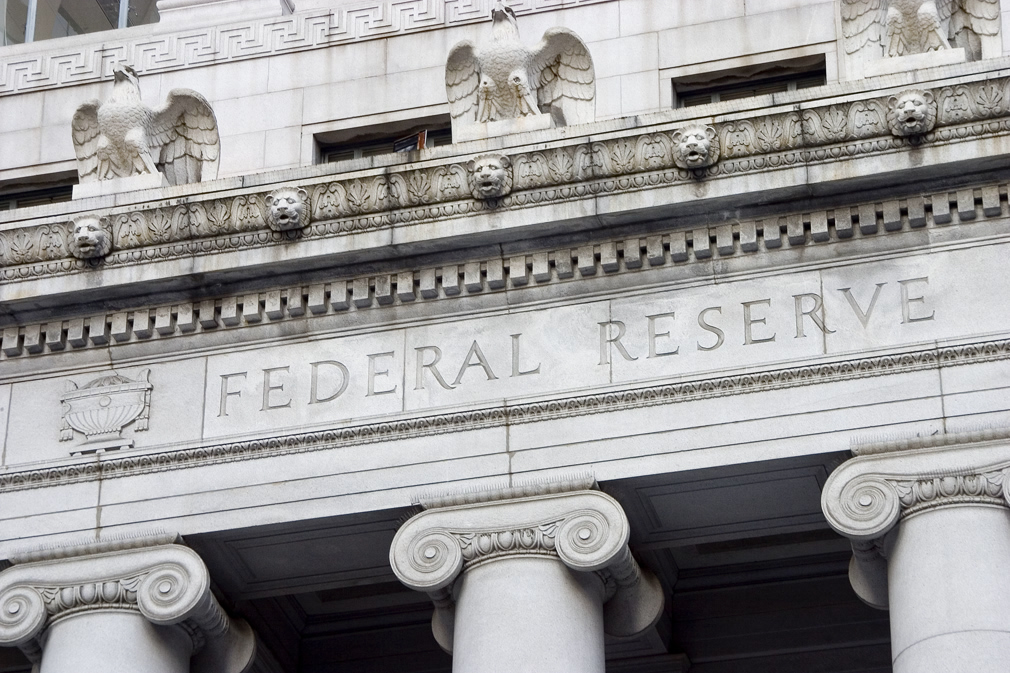
Mortgage lenders and prospective borrowers looking for relief from high interest rates will need to wait longer. In a widely expected decision on Wednesday, the Federal Reserve kept rates steady at a range of 4.25% to 4.5% following its two-day meeting.
This move continues a pause that the Federal Open Market Committee (FOMC) began in January. That came after a series of rate cuts in late 2024 — specifically, a 50 basis-point cut in September and a pair of 25-bps cuts in November and December.
“Although swings in net exports have affected the data, recent indicators suggest that
economic activity has continued to expand at a solid pace,” the FOMC said in a statement. “The unemployment rate has stabilized at a low level in recent months, and labor market conditions remain solid. Inflation remains somewhat elevated.
“The Committee seeks to achieve maximum employment and inflation at the rate of
2 percent over the longer run. Uncertainty about the economic outlook has increased further. The Committee is attentive to the risks to both sides of its dual mandate and judges that the risks of higher unemployment and higher inflation have risen.”
Conflicting signals
Economists note that, due to the economic uncertainty caused by President Donald Trump’s global tariff policies and fears of rising inflation, Fed policymakers have opted to take a wait-and-see approach.
“With inflation persistently running above the FOMC’s target and the labor market displaying resilience, the committee appears under little pressure to act, choosing instead to ‘wait for greater clarity’ on the impact of recently announced tariffs before easing monetary conditions,” Sam Williamson, senior economist at First American, said in a statement.
“However, the Fed increasingly finds itself facing a challenge as it grapples with inflationary risks of tariffs and a softening labor market spurring fears of a recession,” he added.
Despite these concerns, the Fed’s decision reflects a labor market that remains robust. The U.S. Bureau of Labor and Statistics (BLS) reported that non-farm payrolls added 177,000 new jobs in April, exceeding economists’ estimates of 130,000.
HousingWire Lead Analyst Logan Mohtashami wrote that the “latest jobs report represents a baseline that may not fully capture the effects of recent events, and as time progresses without a resolution, there is a potential for increased labor market pressures, especially considering federal government job reductions and the impact of budget cuts on economic circulation.”
In the meantime, inflation data revealed year-over-year price increases of 2.4% in March, a decline from 2.8% in February and below projections. Nonetheless, this figure still surpasses the Fed’s inflation target of 2%.
According to Melissa Cohn, regional vice president at William Raveis Mortgage, Fed officials are in a “tricky position” as the full impact of the Trump administration’s tariffs have only started to materialize, leaving inflation rates in a state of uncertainty.
“May will be a very telling month,” as further data will shed light on the broader impacts of the administration’s policies, Cohn said. This could pave the way for a potential rate cut in June or later.
“Until the Fed is comfortable that the rate of inflation is not going to skyrocket, they’re not going to be in a position to be able to cut rates,” Cohn added.
Borrowing opportunities?
Market participants largely anticipated the Fed’s decision on Wednesday. The CME Group‘s FedWatch tool showed that roughly 98% of interest rate traders predicted rates would remain unchanged.
HousingWire’s Mortgage Rates Center on Tuesday showed that the 30-year fixed-rate conforming loan averaged 6.89%, a decrease of 6 bps from a week ago. The 15-year conforming fixed rate averaged 6.71%, down 11 bps during the week. But only weeks earlier, mortgage rates were 20 to 30 bps lower.
“This increase is due to investor uncertainty over the impact of tariffs, which has boosted yields on the 10-year U.S. Treasury Note, a benchmark that mortgage rates loosely follow,” Williamson said.
“With the Fed poised to resume rate cuts in the latter half of the year, mortgage rates are projected to ease from today’s levels, offering additional relief to prospective home buyers.”
Analysts at Keefe, Bruyette and Woods estimate that approximately 3% of mortgage holders are now in the money to refinance, assuming that a 50-bps incentive is needed for a consumer to refinance. But if rates decline by 100 bps or 200 bps, these shares would increase to 15.7% and 26.6%, respectively.
Geno Paluso, CEO at mortgage servicing technology firm Sagent, said that the Fed’s dual mandate involves a tough balance between controlling inflation with higher rates and supporting the job market with lower rates.
“The White House will keep rate cut pressure on the Fed to preempt recession, while the Fed tries to hold rates steady for trade war inflation signals,” Paluso said.
In the housing market, Paluso explained that while a recession would help stable homeowners refi their loans through lower rates, it would also cause hardships for homeowners who could sustain job or income losses. Likewise, a tariff-driven inflation spike may also cause homeowner hardships, he added.
Editor’s note: This is a developing story and will be updated.
First Time Home Buyer FAQs - Via HousingWire.com










